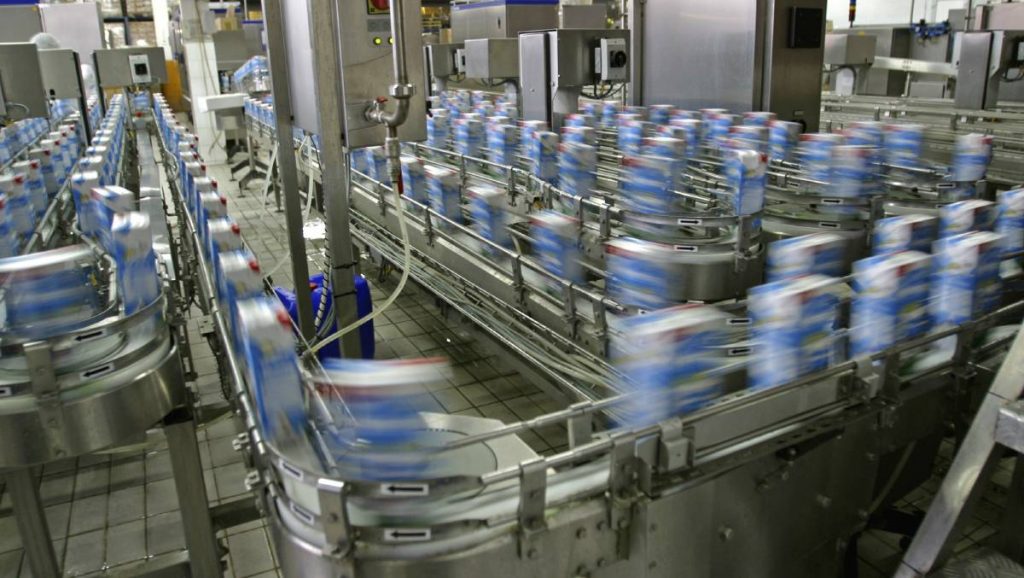
But it was not the contracts themselves that everyone has been so eager to see – it was the opening minimum price. This is the minimum total price including penalties, fees and bonuses for milk quality, components, volume and loyalty payments.
In Queensland, we have three major processors – Norco, Lactalis and Lions Dairy and Drinks. The only two other dairy processors in Queensland currently with an annual turnover large enough to be required to publish its contract is Maleny Dairies and Woolworths’ Farmers Own.
While prices vary by region (and the regions are determined by the processors), all processors have opened with prices below the actual price that would be expected once contracts are negotiated and finalised.
Norco’s opening minimum price was 1.7 cents a litre down across the whole year but indicates a drop from June to July of 10c/L. Lactalis’ price was down 1.1c/L with a 9c fall from June to July. Lions’ prices in North Queensland appears unchanged from last year while SEQ appears to be up by around 1.5c/L.
Although it is hard to be definite, it would appear that both Norco and Lactalis have a price between 70-71c/L while Lions in SEQ is around 68c/L. Thus, Lions in SEQ appears appears to be around 2-3c/L behind Lactalis and Norco.
Maleny Dairies’ opening price of 65c/L appears to be 6c/L down on the current based price being paid to its existing farmers. Woolworths’ Farmers Own has interestingly only listed one base price (kg/MS) in its online contract and at 53c/L this price is so far below the price being paid to its farmers that is almost laughable.
It would be easy to take each of these prices on face value. But the prices published are the opening minimum price only. They are the starting point for individuals (or co-ops) to negotiate for a higher price. It would be expected that the final prices paid to farmers would be higher than the minimum price.
According to the ACCC, contracts need to be finalised by June 30. It will be interesting to see whether that deadline is tested and how much (if any) the power imbalance between farmers and processors has improved.

























